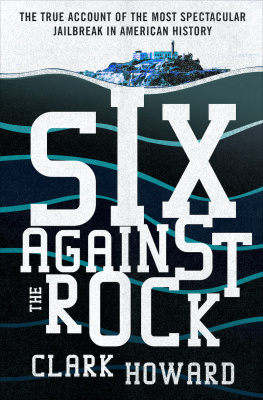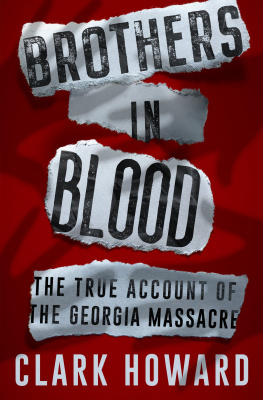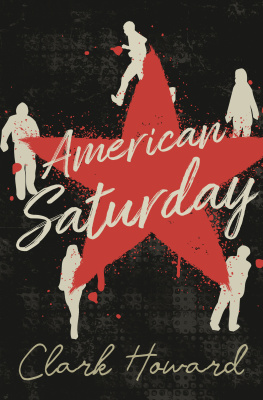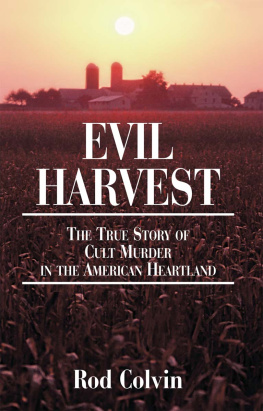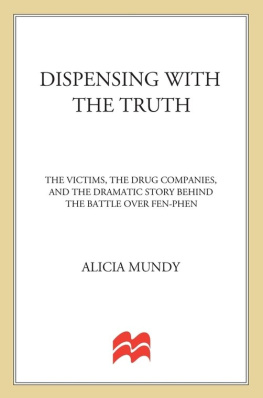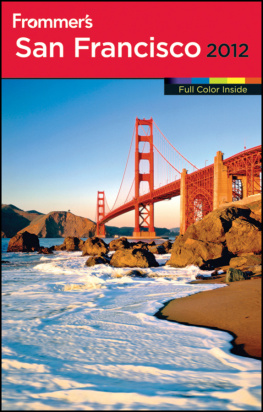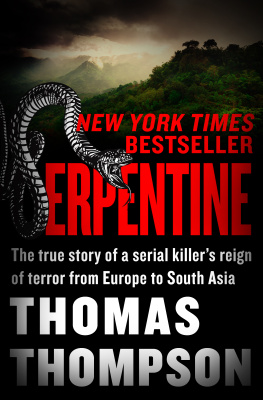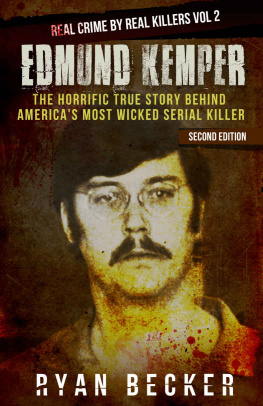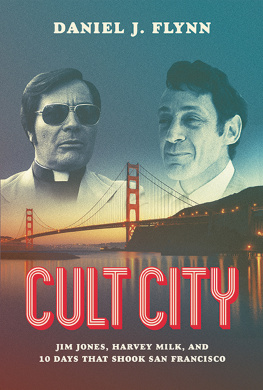Pagebreaks of the print version




Zebra
The True Account of the 179 Days of Terror in San Francisco
Clark Howard
To
Joe Buffer
Fellow Marine,
fellow writer,
and friend,
who was the catalyst
for this one
Foreword
In any lengthy work of nonfiction, there are bound to be areas where the facts are not entirely certainand this book is no exception. Rarely do two people see an event the same way, particularly if that event is sudden, violent, and frightening. A writer is fortunate when he can interview a dozen people regarding a single occurrence and through them develop a consensus of what actually took place. Even then, in the writing of it, he is going to displease some of the people, some of the time.
This book is a reconstructionas accurate as the author can make itof a series of particularly terrible crimes perpetrated on randomly selected victims in San Francisco during a 179-day period late in 1973 and early in 1974. All of the victims were white, all of their assailants were black. For reasons which the reader will later learn, the events became known as the Zebra crimes.
In order to reconstruct these crimes with all possible accuracy, the author has availed himself of the contents of reams of available written material, and the recollections of dozens of persons connected both directly and indirectly with the case. The written material, which frequently seemed endless but, surprisingly, was rarely contradictory, included the following:
Incident Reports made by San Francisco police officers on each crime committed
Police investigation reports made by homicide detectives assigned to each case
Crime laboratory and ballistics reports relevant to each case
Newspaper accounts of the effects of the cases on the San Francisco citizenry and its government
A 609-page transcript of six taped sessions of a confession made by an informer who participated in the crimes
The testimony in the subsequent trial of four men named by that informer as the Zebra crimes perpetrators
Complete criminal and prison records from two states and the federal system on three of the five men involved (the other two had no prior criminal records)
Personal case notes kept by the homicide inspector in charge of the case
And a miscellany of personal notes, letters, and other written material from a variety of sources
The people interviewed include:
The available victims who would agree to discuss the case
Relatives and friends of the victims who did not survive
Police officers assigned to the investigation, including the personal cooperation over a fourteen-month period of the homicide inspector, now retired, who headed the Zebra investigation
Extensive personal interviews at Folsom Prison with two of the men convicted of the crimes
Interviews with relatives and friends of the convicted men and the informer who identified them
Telephone interviews with the informer himself, who has been relocated with a new identity
And lastly, interviews with anonymous and confidential sources who responded to the following classified advertisement in the San Francisco Chronicle and Examiner newspapers:
ZEBRA. Published author of 12 books wishes to contact anyone having previously unpublished information about the men convicted of the Zebra killings. Particularly interested in anyone who attended a loft meeting. Anonymity, confidentiality, absolutely guaranteed. Communicate anonymously, on cassette, or any way you choose. Contact Boxholder, P.O. Box 5306, Garside Station, Las Vegas, Nevada 89102.
Factual information was obtained from all these sources, information that could be cross-checked and verified with other information from other sources. Analysis and correlation of all this information produced a surprising degree of unanimity. This is not to say that the sources interviewed were never in conflict. The conficted mens stories were naturally at variance with the story told by the informer. With rare exceptions, however, the informers story proved far more credibleand, more often than not, was supported by circumstantial evidence. That story was accepted by the police, by the prosecutors, andmost importantby the twelve men and women who found the accused men guilty beyond a reasonable doubt. It has, consequently, been given great weight in the story which follows.
But there were still voids. At times the informer and/or other witnesses who were prepared to speak openly were not present. For example, all but one of the men went off alone and committed a solitary crime. In a few cases, the victims survived to give testimony, or a witness was nearby. In other cases, only the solitary killer can be certain of the exact sequence of events. And even when a witness was available, his testimony was limited by what he happened to observe and what he could recall of that observation. And no matter how excellent his memory of observed fact, no witness can tell what was in the killers mindor in the victims.
It would have been possible, of course, just to recount the unquestionable, observable facts and say no more. But that would have been irresponsible writing. The important question is not the who, when, or where of the Zebra murders; the important question is why they occurred at all. To answer that question I had to do two things: attempt to fill in the gaps in the observed events, and probe as much as possible the killers minds.
Of course, only the killers themselves know for sure what was in their minds, or what they did when no witness was present. Everyone else, including myself, must proceed from what we know of their other actions, their background and habits, and what they later said (including, on a couple of lucky occasions, a slip of the tongue when being interviewed). Armed with all of this, we can then try to set down in logical order the most likely version of events. And with all the extrinsic facts available, the margin for error in that endeavor, and the conclusions it produced, have been substantially reduced.
The story which follows is as close to the truth as anyone is ever likely to get. All of the named characters are real people, except two: the person known as Vandyke, who is a composite of several men who conducted unauthorized and illegal secret meetings of Muslim followers; and the characters of Willie Fields, from whom the secret laws and other documents of the former Nation of Islam were obtained. Names and identifying characteristics have been changed only where indicted, and for the reasons given. Following the story, an AfterwordSix Years Laterhas been included to bring the reader up to date on the principal persons involved.
Because the persons who committed the Zebra crimes professed to believe that their deity, Allah, was moving them to do so, and that their acts were for the good of the Black Muslim or Nation of Islam religion, the following, for those unfamiliar with the sect, is a brief history of that religion taken from various Muslim and non-Muslim sources.



